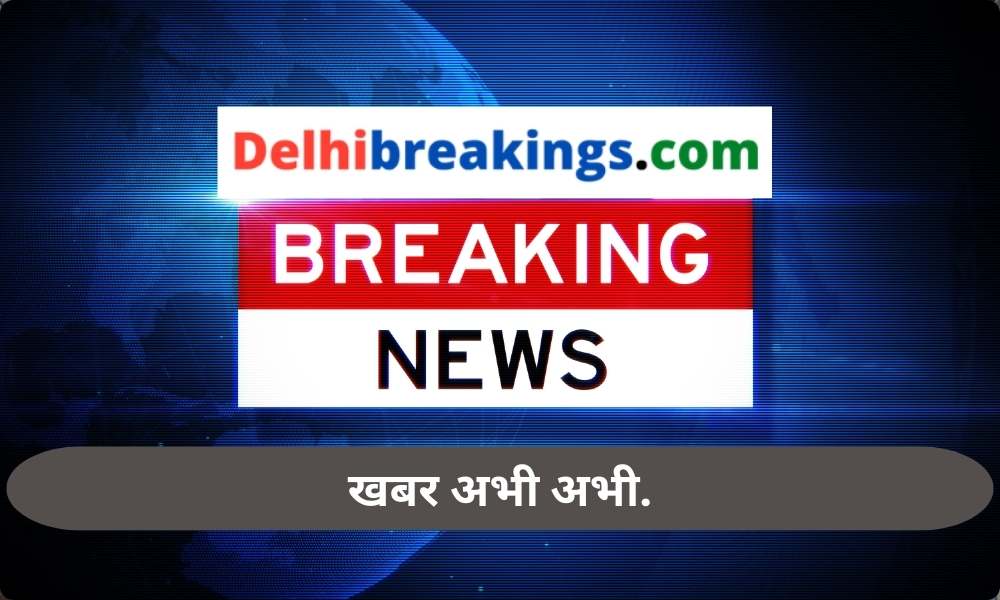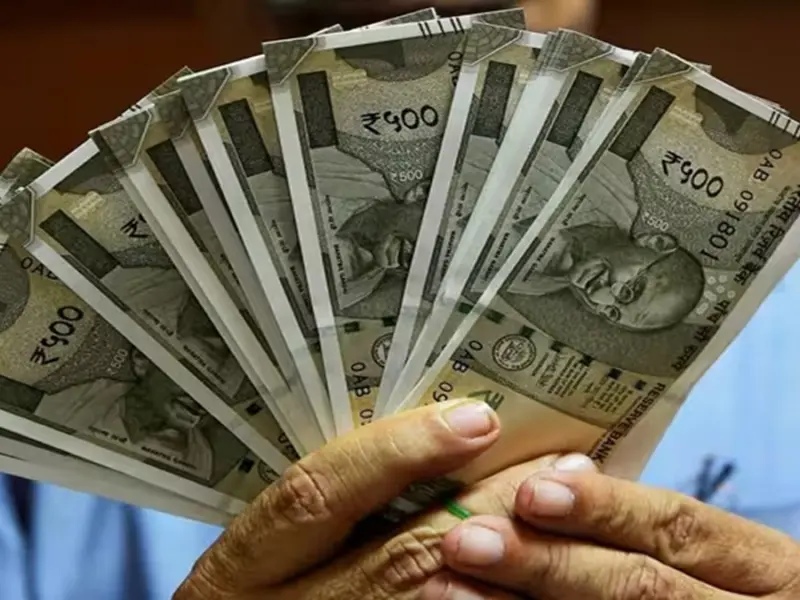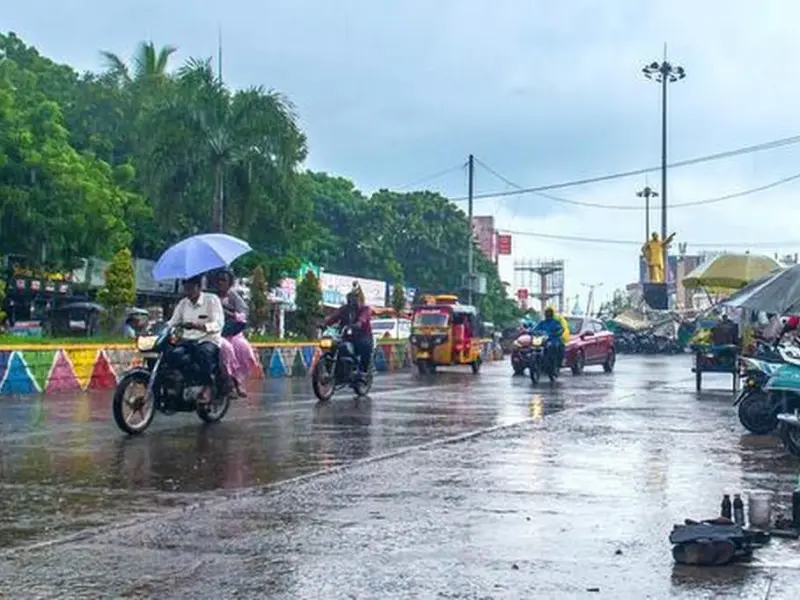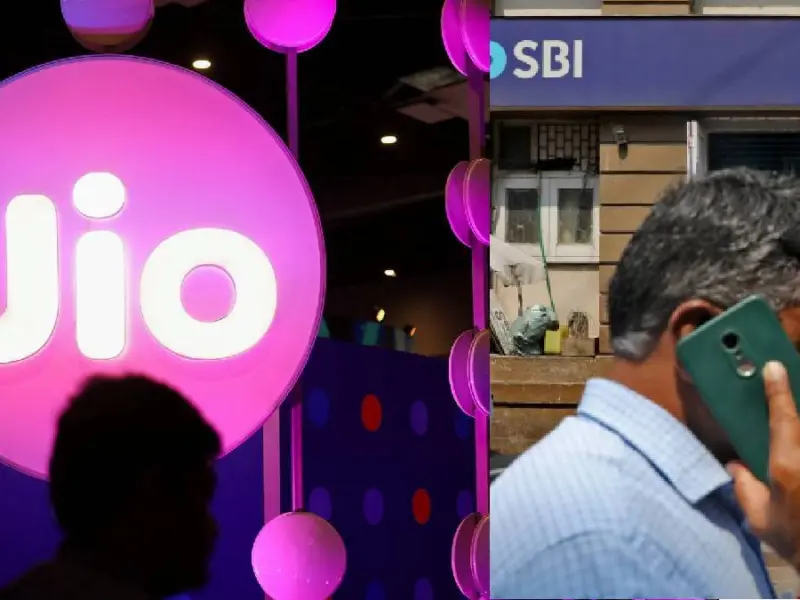While many are aware of the massive Delhi-Mumbai Expressway project, another equally significant infrastructure marvel is the Surat-Chennai Expressway. This expressway, which spans 1,271 kilometers, is set to become India’s second-longest expressway, following closely behind the 1,350-kilometer Delhi-Mumbai Expressway.
The Surat-Chennai route will traverse the scenic Western Ghats, providing a vital link between the two major cities and significantly reducing travel time.
Project Overview and Timeline
The National Highways Authority of India (NHAI) is overseeing the development of this expressway. Designed for a maximum speed of 120 km/h, the project is expected to cost approximately 50,000 crore INR.
Currently, the expressway is being constructed with four lanes, with plans to expand it to six and eventually eight lanes. The project, inaugurated by Prime Minister Narendra Modi in October 2021 under the Bharatmala Project, has a completion deadline set for December 2025.
Travel Time Reduction
Once operational, the Surat-Chennai Expressway will drastically cut down the travel distance between the two cities from 1,600 kilometers to 1,271 kilometers. This reduction in distance will translate into a decrease in travel time from the current 35 hours to just 18 hours.
By providing a direct route through Gujarat, Maharashtra, Karnataka, Andhra Pradesh, Telangana, and Tamil Nadu, the expressway will benefit several major cities including Tirupati, Kadapa, Kurnool, Kalaburagi, Solapur, Ahmednagar, and Nashik.
Economic and Industrial Impact
The expressway is expected to stimulate economic growth by enhancing connectivity between Surat, a major textile hub, and Chennai, known for its IT and industrial sectors. This improved connectivity will not only facilitate smoother trade and business between the two regions but will also pave the way for the development of an industrial corridor. Additionally, the expressway is anticipated to spur real estate development along its route and contribute to the creation of new job opportunities.
Broader Benefits
- Direct North-South Connection: The Surat-Chennai Expressway will provide a direct connection between North and South India, enhancing trade and travel efficiency.
- Tourism Boost: By improving access to the Western Ghats and tourist attractions in Central Maharashtra, Western Karnataka, and Andhra Pradesh, the expressway will help boost the tourism industry.
- Economic Growth: The development of business corridors and increased trade between Surat and Chennai will lead to greater economic activity and job creation.
- Travel Efficiency: By cutting down travel time by 50%, the expressway will make long-distance travel between the two cities more convenient and attractive.
Key Insights:
- Significant Travel Reduction: The expressway will reduce the Mumbai-Chennai travel time from 35 hours to just 18 hours, enhancing convenience for travelers.
- Economic Integration: Improved connectivity between Surat’s textile markets and Chennai’s industrial sectors will boost economic integration.
- Tourism Development: The expressway will attract tourists to the Western Ghats and promote regional tourism in Maharashtra, Karnataka, and Andhra Pradesh.
- Industrial and Real Estate Growth: Given the expressway’s route, there will be significant development in industrial regions and real estate along the expressway.
- Progress Timeline: Scheduled for completion by December 2025, the expressway will be developed in phases, starting with four lanes expandable to six and eight lanes.
The Surat-Chennai Expressway promises to be a transformative project for India, facilitating faster travel, enhancing economic ties between the western and southern parts of the country, and fostering regional development across multiple states





